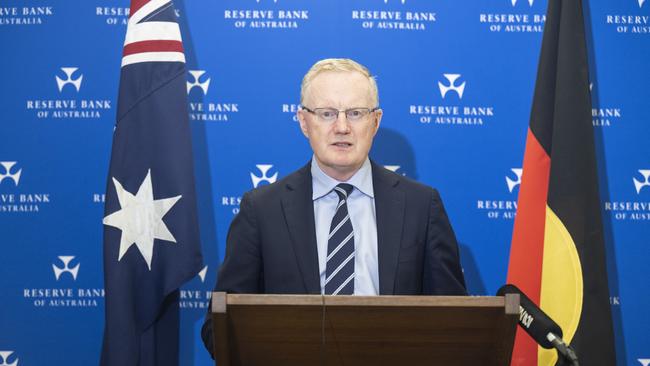
Many of the roughly three million Australian households with a mortgage – more than a million of which had never experienced a rate rise – fretted on the impact of higher repayments on budgets which were already being assailed by higher prices for everyday items from groceries to petrol.
Cocooned at the top of No. 1 Martin Place in Sydney’s CBD, by 12.30pm the RBA board members had made their decision and were lunching on a modest meal of white fish, salad and water.
At 2.30pm sharp, the news of a 0.25 percentage point increase in the official cash rate target was everywhere: online, on TV, and on radio. By 4pm Lowe was fronting the media explaining that the economy was “resilient”, and that a surge in inflation over the first three months of this year had “surprised us all”.
“It is now time to begin withdrawing some of the extraordinary monetary support that was put in place to help the Australian economy during the pandemic,” Lowe intoned.
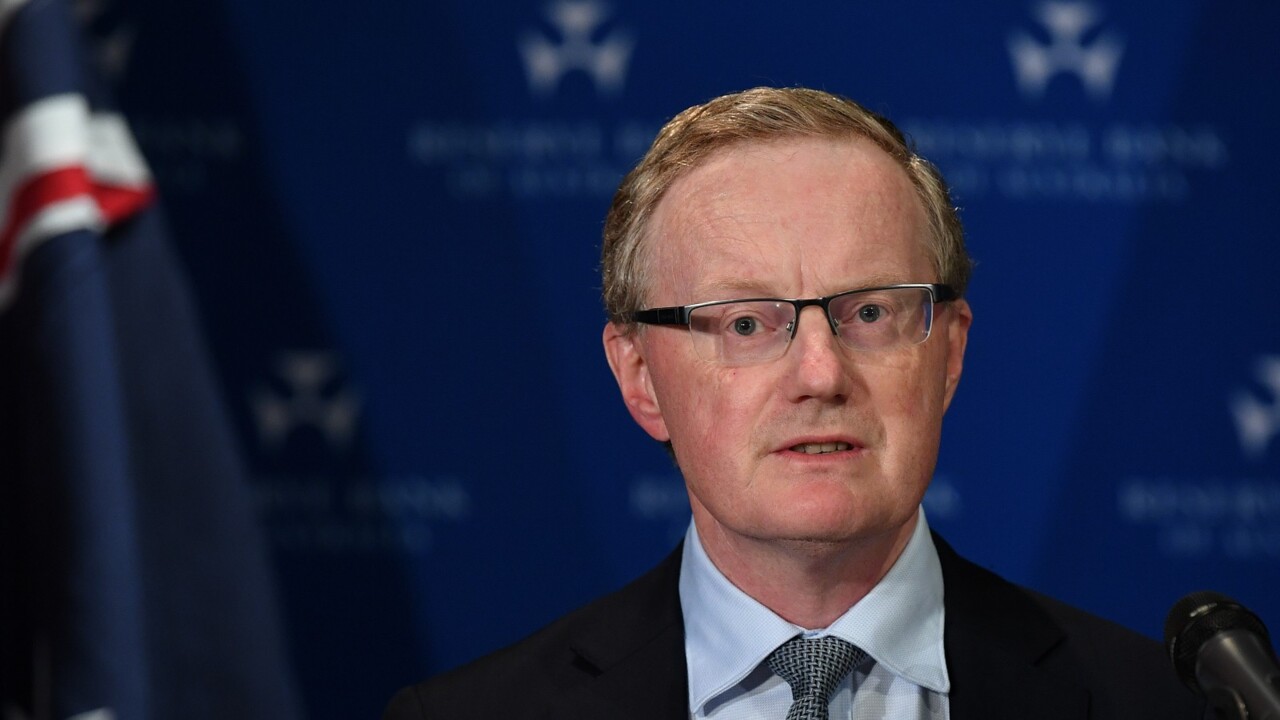
That evening, the major banks were announcing home loan rates were on the way up, and there was furious debate about what it all meant. Would those who had taken on too much debt in the pandemic property boom be able to cope?
Could the post-Covid economic recovery survive the expected string of rate hikes through this year into the next? Were the Prime Minister’s re-election chances, already shaky, now dead and buried?
As the dust settles, many Australians are left scratching their heads. It was only November last year when the quietly spoken Lowe, RBA governor since 2016 and a NSW country boy from Wagga Wagga, declared it was still plausible that rates wouldn’t budge until 2024. Six months later, he was announcing that the path back to normal had begun. How did it come to this?
The RBA board meets on the first Tuesday of every month. For some time, the papers board members carried into these meetings had a clear recommendation: hold rates at a record low of 0.1 per cent to keep driving unemployment below 4 per cent – a “historic opportunity” to help push wages finally higher after years of stagnation.
This week was different. The time had arrived and a choice had to be made. Since the turn of the new year, Lowe was seeing signs of bubbling inflationary pressures.
The RBA’s business liaison program – a monthly survey of about 70 employers – was revealing a rapid pick-up in how much employers were saying they would be lifting wages over the year ahead. This was a message that was being received loud and clear in Martin Place in the weeks leading up to April 27, when the Australian Bureau of Statistics revealed inflation over the year to March had unexpectedly surged to 5.1 per cent and its highest level since the introduction of the GST in 2000.
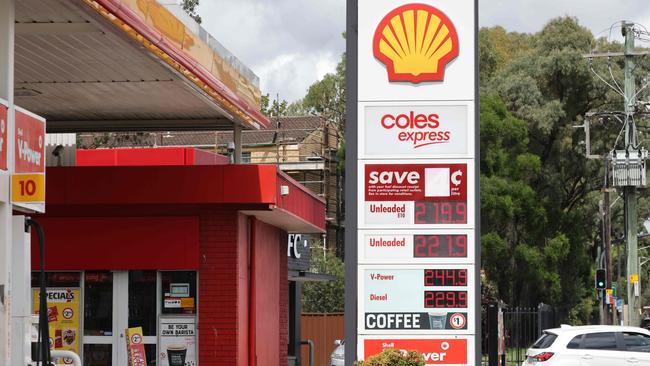
Russia’s invasion of Ukraine had sent oil prices higher, and petrol in Australia was up 40 per cent on a year earlier to reach an all-time high of about $2.20 a litre. Suddenly, the bank’s preferred underlying consumer price growth number was well above target, and was likely to push higher.
The official wage price figures Lowe had said he would wait for before raising rates were not yet in. But Lowe was hearing a similar story on accelerating worker pay from his own contacts in the business world, as well as from his board members who themselves were captains of industry, including former Coca-Cola Amatil boss and current Wesfarmers director Alison Watkins, CSL director Carolyn Hewson, and former investment banker and Fortescue Metals deputy chairman Mark Barnaba.
History making aside, RBA board meetings follow a routine, and Tuesday’s was no different. First, members heard from two key assistant governors: the head of the bank’s economics department, Luci Ellis, then the head of financial markets, Chris Kent. Then the governor posed the key question: given the evidence, should the cash rate target, set at a record low of 0.1 per cent be lifted?
Under Lowe’s guidance, board meetings are less a contest of ideas, and more of a free-flowing discussion in search of a consensus. This worries some, who believe the bulk of the board members lack the qualifications to truly challenge the bank’s staff – a key issue that will be addressed in a mooted review of the RBA’s operations later this year.
In addition to Lowe and the three mentioned, also on the board are the recently installed deputy chair Michele Bullock, Treasury secretary Steven Kennedy, environmental scientist Wendy Craik, philanthropist and company director Carol Schwartz, and Melbourne Business School dean Ian Harper.
In any case, on Tuesday morning, members sitting around the oval RBA board table discussed the pros and cons.
The board members knew a rate rise in an election campaign hotly contested on issues of economic management and cost of living was going to be controversial. The message explaining the decision needed to be carefully crafted.
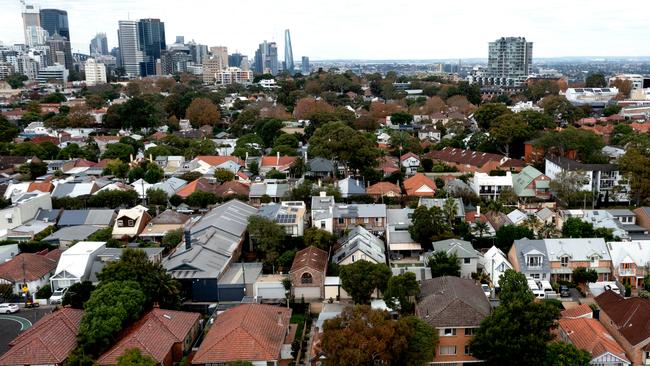
Beyond that, however, politics did not feature in the for and against: again, Lowe made that clear in his post-meeting press conference. The RBA had a parliamentary mandate to make the right decisions for the good of the nation. The political class respected the central bank’s independence, he said.
Each member spoke, and by the end Lowe was comfortable to say that it appeared there was agreement a hike would happen.
The next question: by how much? A move of 0.15 percentage points would return the cash rate target to 0.25 per cent – a typical landing point for the cash rate to two decimal places. A more usual quarter of a percentage lift would push the cash rate to 0.35 per cent. Or, there was the option of lifting all the way to 0.5 per cent.
Lowe made it clear in his post-announcement communications that the “business as usual” 0.25 percentage point move was the right one. After all, a normalisation of monetary policy demanded a normal-sized rate rise.
It might feel unusual after more than a decade without a hike, Lowe was saying, but we all knew it had to happen sooner or later. And now it had. No emergency, no big deal.
Still, the question lingers: how could the rate rises have gone from a distant prospect in November of 2021, to a reality by May 2022?
The impact of the Ukraine war is an obvious explanation – nobody can say they saw that coming at the start of the year. The other thing to remember is that as smart as Lowe and his staff and fellow central bankers are, monetary policy remains 5 per cent science, and 95 per cent art.
And the past decade or so has been an abject lesson in humility for the world’s central bankers. After failing to hit his 2-3 per cent inflation target range mandate for his entire governorship, Lowe – like his peers across the developed world – has lost faith in the predictive power of the bank’s once almighty models.
This was the core of why, in November 2020 amid fears the Covid recession would trigger a generational scarring of the workforce, the board decided it would no longer try to move ahead of inflation. Instead, in a momentous shift, the RBA would keep rates pinned at virtually zero until he was presented with the evidence demanding a change.
In the interim, the strategy was to keep pushing the jobless rate lower and lower. When Lowe as recently as late last year said he thought it was plausible it could be 2024 before he would need to hike, he meant it.
But he was wrong. Instead, on April 27 it was clear that inflation was back earlier and stronger than he thought: another lesson in humility. And as momentous as it was, in many ways, the decision to start the cycle of rate hikes was the easy one.
Knowing when to stop is now Lowe’s, and his board’s, greatest challenge.


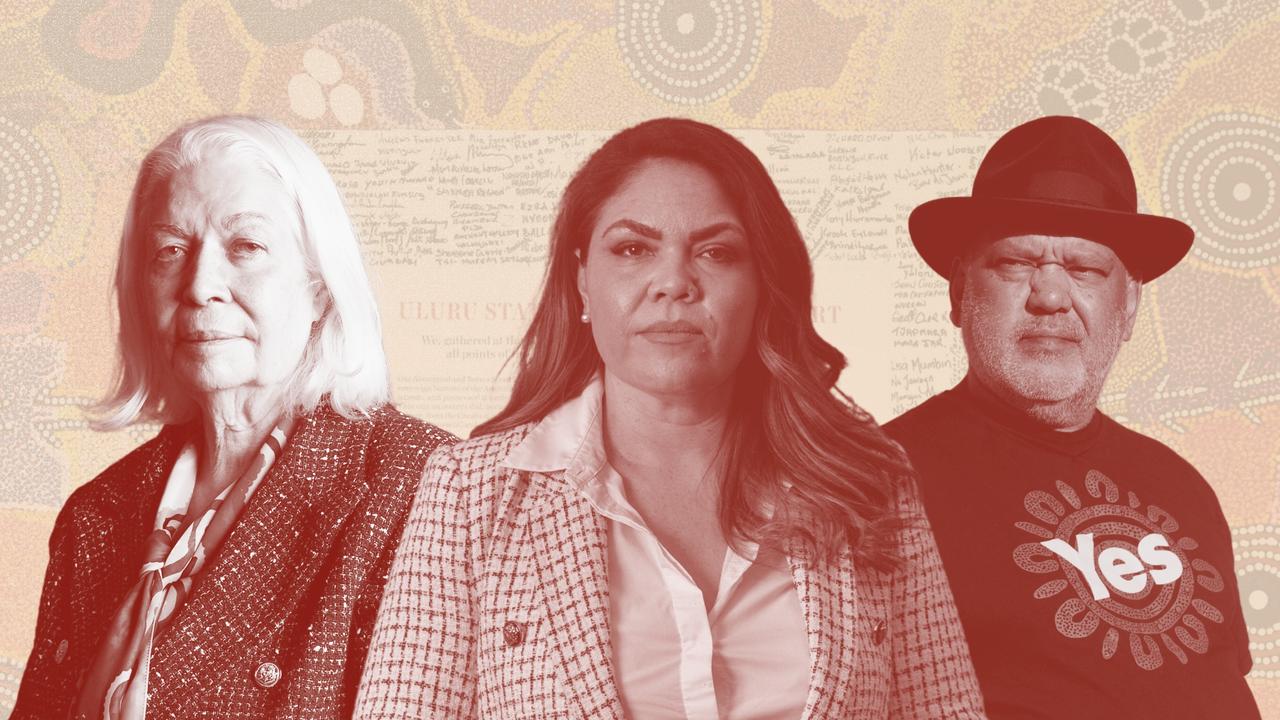
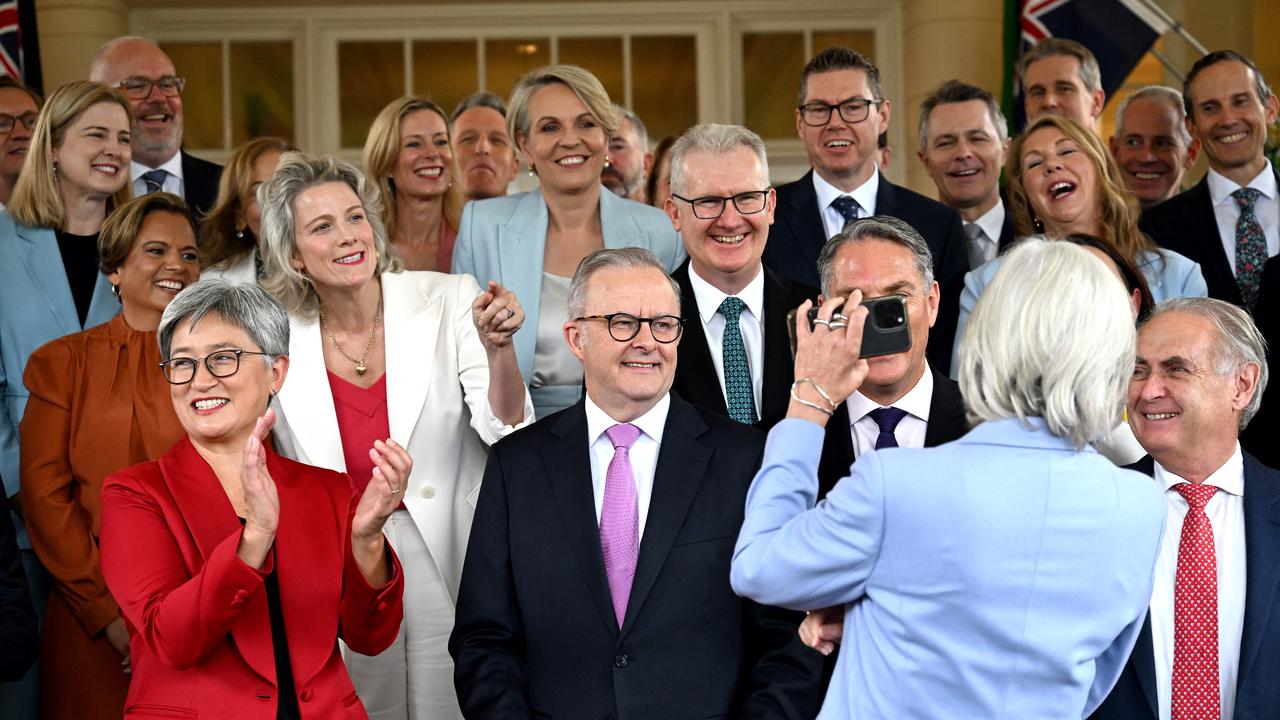
On the morning of Tuesday, May 2, the country was holding its breath. As Reserve Bank of Australia governor Philip Lowe and his eight board members calmly discussed whether to deliver the nation’s first rate hike in over a decade, Scott Morrison and Anthony Albanese furiously tried to spin what it would mean for an election in less than three weeks.